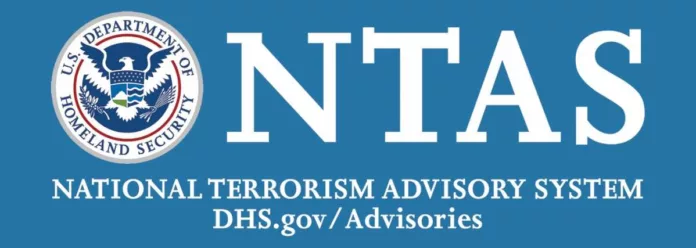WASHINGTON – November 28, 2023 – The Department of Homeland Security (DHS) has achieved a significant milestone with the acquisition of a U.S. patent for the Homeland Explosive Consequence Assessment Tool (HExCAT). Developed by the Science and Technology Directorate (S&T), this innovative modeling system is poised to shape emergency management and response strategies for years to come.
HExCAT, born out of the directives outlined in Homeland Security Presidential Directive-19 (HSPD-19) addressing the Combating Terrorist Use of Explosives in the United States, provides a unique platform for emergency managers to anticipate and prepare for large-scale, scenario-specific hazards. The patented technology enables the prediction of consequences and potential outcomes associated with explosions, including human injuries, structural damages, and necessary medical responses.
Helen Mearns, Deputy Director of S&T’s Chemical Security Analysis Center (CSAC), emphasized the transformative impact of HExCAT: “With the HExCAT, response planners are now equipped with a fully integrated system that predicts the likely consequences of an explosion, enabling us to evaluate a range of what-if scenarios and focus our energy on the most effective means of prevention, detection, mitigation, and response.”
The capabilities of HExCAT extend beyond mere prediction, offering emergency managers tools to streamline decision-making and response planning. Among its features are the identification of vulnerabilities at large venues, the development of effective evacuation procedures for facilities, and the planning of routes for relocating large groups of people to medical facilities.
HExCAT boasts a comprehensive library encompassing 28 different types of military and homemade explosives, providing unique insights into potential worst-case outcomes. It can model diverse scenarios in various indoor and outdoor public spaces, enhancing the accuracy of predictions and aiding real-life adaptability.
The development of HExCAT was a collaborative effort, with support from the Directorate’s Explosives Threat Assessment Program, Battelle, the Department of Health and Human Services (HHS), Leidos, and the National Center for Disaster Medicine and Public Health (NCDMPH).
The U.S. Patent Office recognized the contributions of eight scientists from various institutions, including CSAC, Battelle, HHS, Leidos, and NCDMPH.
S&T anticipates continued utilization of HExCAT’s capabilities in emergency planning and response preparations, further fortifying the nation’s resilience in the face of potential threats.
Overseen by the DHS Science and Technology Directorate (S&T), the Chemical Security Analysis Center (CSAC) is the nation’s premier federal center for studies, analysis, and knowledge management related to assessing threats and hazards associated with large-scale chemical events or chemical terrorism events in the United States.
The Department of Homeland Security (DHS) Science and Technology Directorate (S&T) is committed to enabling effective, efficient, and secure operations across all homeland security missions. Through scientific, engineering, analytic, and innovative approaches, S&T delivers timely solutions and supports departmental acquisitions. Established by Congress in 2003, S&T conducts essential research, development, demonstration, testing, and evaluation activities to bolster homeland security and first responder operations and protect critical infrastructure.




